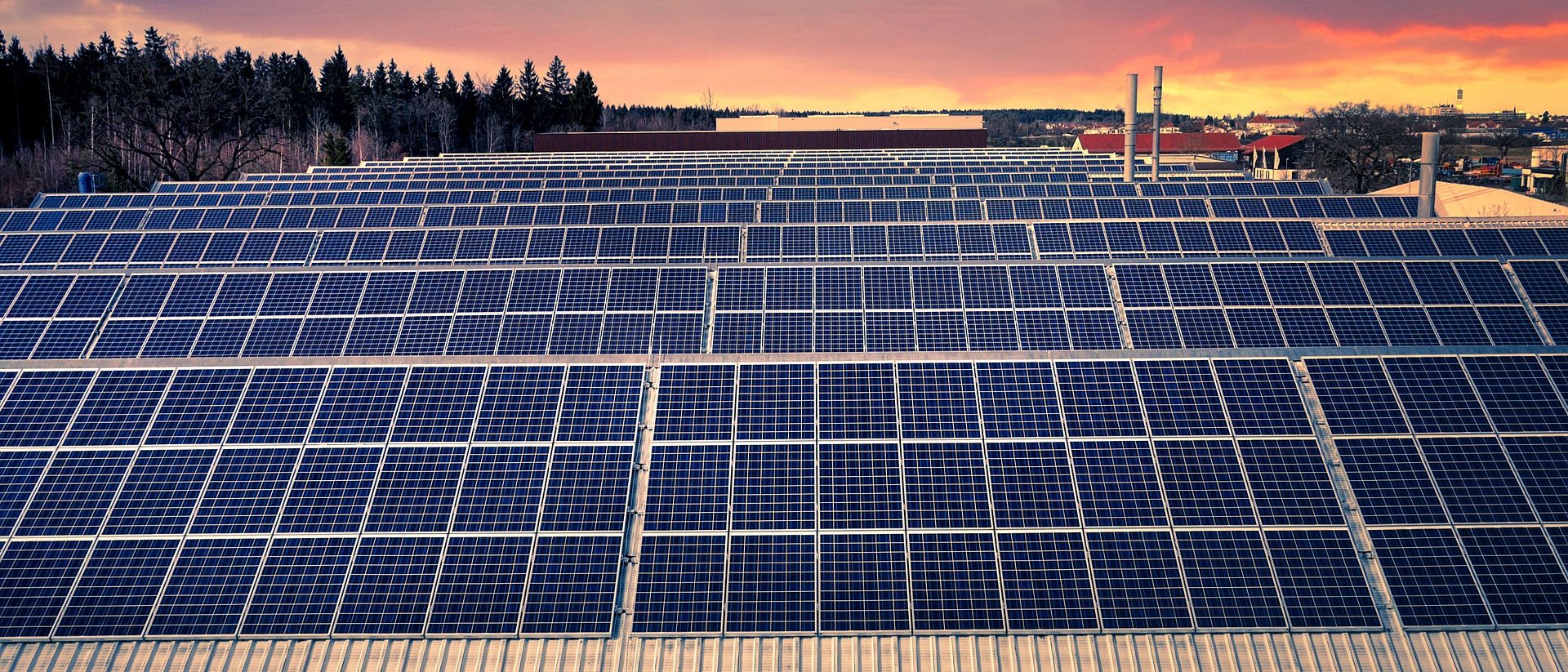Guest Blog by Jane Marsh
The views expressed here are solely those of the author and do not necessarily reflect those of the REA.
How Much is Solar Expected to Grow in 2023?
Climate change and sky-high utility costs have most citizens in the United Kingdom rethinking energy. According to a recent government survey, 85% of Britains hold favourable views of renewable energy — most of this demographic falls within the 35-and-under age group.
Renewable energy presents opportunities for the UK to reap the benefits of clean energy at home and their businesses for a fraction of their current utility bills. Fortunately, solar is no longer a niche market — the costs have vastly decreased from a decade ago and systems are more widely available for UK households.
Experts predict that solar will continue to grow globally in 2023 — primarily marked by the United States Inflation Reduction Act (IRA) expanding incentives for interested homeowners and commercial building owners. But just how much is solar expected to grow in the UK in the coming year?
Solar Market Growth in 2023
The UK’s solar market is growing — in 2020, mixed renewable energy accounted for 43% of power generation. While solar contributed only 4.4% in 2022 — 26.8% of the UK’s renewable energy came from wind power — predictions indicate significant growth for the solar industry this year.
According to Bloomberg Intelligence’s Global Solar Energy 2023 Outlook, solar demand will rise 20% to 30%, with the International Energy Agency anticipating solar to exceed coal production in 2027 amid the Russia-Ukraine war.
The Bloomberg Intelligence report also estimates a 20% increase in solar revenue, expected to surpass $220 billion in 2023. Overall, Europe supports solar expansion, which will improve solar manufacturing and make it more affordable in time.
IRA a Tough Act to Follow
The IRA, signed into law by President Biden, went into effect on January 1, 2023. Many have referred to the bill as the most significant climate legislation the country has ever implemented, with incentives to boost renewable energy with new clean energy technologies and resources.
Under the IRA, the federal government expanded the solar tax credits that had grown popular over the years. Americans looking to start qualifying solar projects are now eligible for a 30% tax credit until December 31, 2032, in addition to individual state incentives and rebates, especially for states like Arizona that has the sunniest city in the country. The solar tax credits make renewable energy more affordable than ever, enabling the U.S. to reach its climate goals more quickly.
The UK has become increasingly aware of the implications of the IRA on European economies as well as its own economy. As the U.S. shifts toward green technologies manufactured on the nation’s soil, many European companies — especially electric vehicle manufacturers — feel threatened. The IRA comes amid tensions between the UK and Horizon Europe — a climate research initiative progressing in green technology — and opposition from Brexit proponents.
Watch the Solar Market Soar
If projections are correct, the world is about to watch the solar market soar to new heights. For the UK, this industry growth comes at the perfect time. Solar proponents have waited for this opportunity to flourish, showing few signs of slowing down anytime soon.

